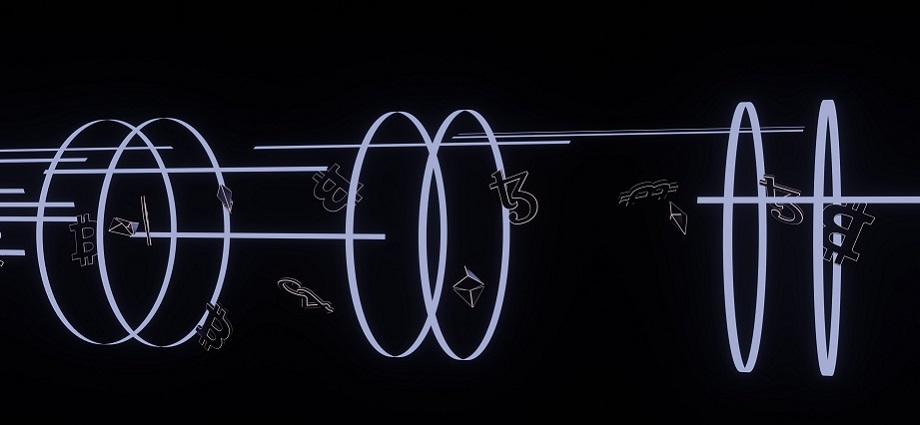Blockchain is a decentralized, digital ledger that records transactions on multiple computers so that the record cannot be altered retroactively without the alteration of all subsequent blocks and the consensus of the network.
What is Blockchain Technology?
At its most basic level, a blockchain is a digital ledger of transactions. It is called a “chain” because it consists of a series of blocks that are chained together, with each block containing a set of transactions. These blocks are added to the chain in a linear, chronological order, and once they are added, they cannot be altered.
This makes the blockchain a secure and transparent way to record and verify transactions. Because the blockchain is decentralized, it is not controlled by any single entity, such as a bank or government. Instead, it is maintained by a network of computers, also known as “nodes,” that work together to validate and record transactions.
The benefits of using blockchain technology include increased security and transparency, reduced transaction costs, and faster transaction speeds. It has the potential to revolutionize a wide range of industries, including finance, supply chain management, and voting systems.
How Does Blockchain Technology Work?
To understand how blockchain technology works, it’s helpful to think about how it is used to record transactions.
Imagine that Alice wants to send Bob some money. In a traditional financial system, Alice would go to her bank, and the bank would facilitate the transaction by updating its records to reflect the transfer of funds from Alice’s account to Bob’s account.
But with blockchain technology, things work a bit differently. Instead of a central authority like a bank facilitating the transaction, the transaction is recorded on a digital ledger that is distributed across the entire network of computers that make up the blockchain.
When Alice wants to send Bob some money, she creates a “transaction” that consists of her public key, Bob’s public key, and the amount of money she wants to send. This transaction is broadcast to the entire network of computers, and each computer, or node, verifies the transaction to make sure it is valid.
Once the transaction is verified, it is added to a “block,” which is a collection of transactions. This block is then added to the chain of blocks, creating a permanent record of the transaction.
The process of verifying transactions and adding them to the block is called “mining.” Miners use special software to solve complex math problems, and when they solve a problem, they are rewarded with a small amount of cryptocurrency, such as bitcoin.
Applications of Blockchain Technology
Cryptocurrency: One of the most well-known applications of blockchain technology is cryptocurrency, such as bitcoin. Blockchain is used to securely record and verify transactions made with bitcoin and other cryptocurrencies.
Supply Chain Management: Blockchain can be used to track the movement of goods through a supply chain, from the point of origin to the point of sale. This can improve efficiency and transparency, as all parties can see the complete history of a product as it moves through the supply chain.
Voting Systems: Blockchain can be used to create secure and transparent voting systems. The use of blockchain would make it almost impossible for votes to be altered or for fraud to occur, as each vote would be recorded on the blockchain and could be independently verified.
Real Estate: Blockchain can be used to securely store and transfer land titles and other real estate records. This can improve efficiency and reduce the potential for fraud.
Identity Verification: Blockchain can be used to create secure systems for verifying personal identities, such as for passport applications or voting.
Challenges and Limitations of Blockchain Technology
Scalability: One of the main challenges with blockchain technology is scalability. Because each transaction must be verified by multiple computers on the network, the number of transactions that can be processed per second is limited. This can be a problem for applications that require high transaction speeds, such as payment processing.
Regulation: There is currently a lack of clear regulations regarding the use of blockchain technology, which can be a barrier for businesses looking to adopt it.
Lack of Understanding: Many people are still unfamiliar with blockchain technology and how it works, which can be a barrier to its adoption.
Integration with Existing Systems: For blockchain to be widely adopted, it will likely need to be integrated with existing systems and infrastructure. This can be a challenge, as it requires a significant amount of coordination and cooperation between different parties.
Conclusion
In summary, blockchain technology is a decentralized, digital ledger that records transactions on multiple computers in a way that makes it nearly impossible to alter the record retroactively. It has the potential to revolutionize a wide range of industries and is already being used in applications such as cryptocurrency and supply chain management.

